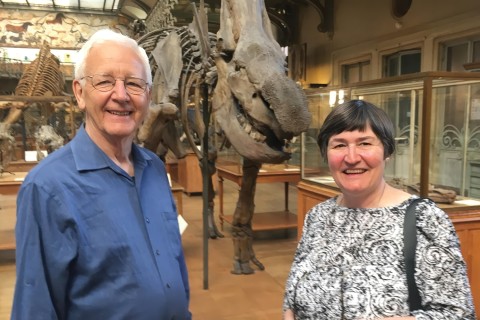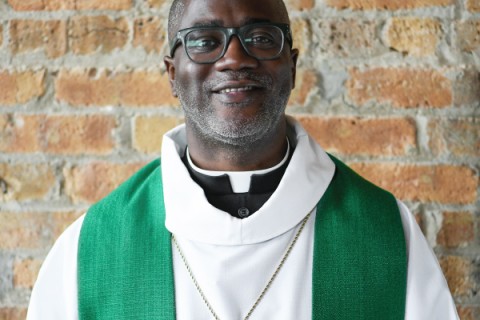Gallup chief sees signs of religious revival
Despite a deep drop in the number of Americans who identify with a particular faith, the country could be on the cusp of a religious renaissance, says Frank Newport, editor-in-chief of the Gallup Poll.
Grounded in more than a million Gallup interviews, Newport’s new book, God Is Alive and Well, argues that the aging of the baby boomers, the influx of Hispanic immigrants and the links between religion and health could portend a bright future for faith in America. [The following interview was edited for length and clarity.]
Why did you write this book?




